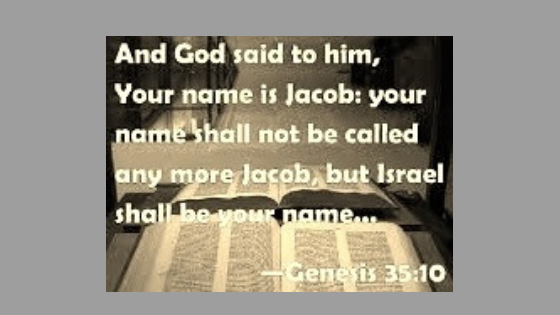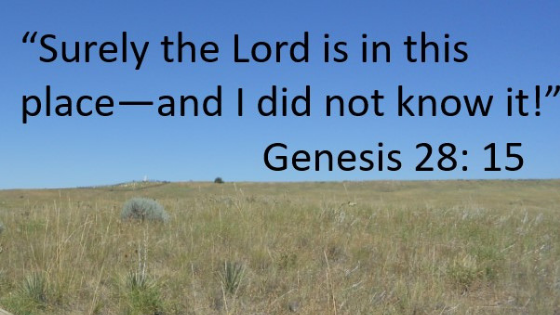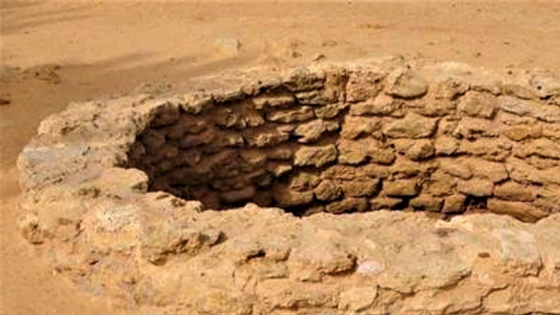Shabbat Table Talk
Parashat Balak – Erev Shabbat 29 June 2018
Week of 24 – 30 June
Torah portion: Numbers 22:2-25:9 Haftarah: Micah 5:6 -6:8
Download
 Every time I write a Sunday or a Torah commentary, the sweet memories of Bat Kol flood my mind; the wisdom of the classroom learning and the havrutah, the weekend trips to sacred sanctuaries, the sacredness of the dry desert experience, Shabbat Meals and praying in the synagogues, the Rabbis and the Professors who assisted us in the excavation of the Word. The late Brother Jack Driscoll in his very humble and humorous style of teaching, always encouraging us. Jack always reminded us, please try to read the whole Torah portion for the week. If you can’t, read at least a few chapters, if not, try and read one chapter and if you are really struggling, just read the first verse of the Parashat Hashavuah (Torah portion for the week), where the title of the Torah portion is taken from. You are great Bro. Jack Driscoll, and to all of you, who are called to a live a life of service at Bat Kol Institute.
Every time I write a Sunday or a Torah commentary, the sweet memories of Bat Kol flood my mind; the wisdom of the classroom learning and the havrutah, the weekend trips to sacred sanctuaries, the sacredness of the dry desert experience, Shabbat Meals and praying in the synagogues, the Rabbis and the Professors who assisted us in the excavation of the Word. The late Brother Jack Driscoll in his very humble and humorous style of teaching, always encouraging us. Jack always reminded us, please try to read the whole Torah portion for the week. If you can’t, read at least a few chapters, if not, try and read one chapter and if you are really struggling, just read the first verse of the Parashat Hashavuah (Torah portion for the week), where the title of the Torah portion is taken from. You are great Bro. Jack Driscoll, and to all of you, who are called to a live a life of service at Bat Kol Institute.
I would like to have a glimpse at the overall frame work and the theme of the Book of Numbers, and then see the position and the place of our Torah Portion, Parahat Balak. Everett Fox, proposes three theoretical structures: i) In the Wilderness of Sinai, the Camp. ii) The Rebellious Folk: Narratives of Challenges, the Crisis of Leadership and Encountering the other, iii) In the Plains of Moab: Preparations for the Conquest of Canaan. Was there a Road Map from the foot of Mount Sinai to the Promised Land? The key personalities include Moses, Aaron, Miriam, Joshua, Caleb, Eleazar, Korach, and Bil’am (Balaam). Our Torah Portion, Balak comes under the Rebellious Folk, Encountering the other, the Bil’am Cycle and the Final Rebellion (Fox pg. 649).
In the opening of this week’s Torah portion, Balak, the king of Moab, Balak, is alarmed, afraid that the Israelites’ encampment will ravish his land. “Now this horde will lick clean all that is about us as an ox licks up the grass of the field” (Plaut 1173). The language is so colorful, poetic, sarcastic and so ironic. To say, “lick clean…” can mean, an absolute taking over of the country, leaving nothing behind. How legitimate was their perception of being fearful or was it just a delusion of their imagination. In Deuteronomy 2:8-9, God had told Israel not to harm the Moabites but to pass them by.
The Encountering the other, and the Bil’am Cycle is quite intriguing. Balak is afraid, sends representatives to Bil’am. The Representatives said to Bil’am, come with us to curse the Israelites. Bil’am said, wait let me check with God. The message from God to Bil’am, you can’t curse the Israelites, they are already blessed.
Now Bil’am said to the Representatives, God won’t let me go. Now the Representatives reported to Balak, Bil’am refused to come. The Donkey, is an ordinary animal with an extraordinary message. The Angel, although unseen, is a messenger from Above, so real and powerful. What can we make out of a story that is so deceptive, ironic and paradoxical?
The inspiring message from the donkey, “Am I not your faithful donkey whom you always ride? Have I ever done this before?” It echoes Micah 6:3, “My people, what have I done to you, how have I offended you, answer me”. It was most humbling, the gesture of Bil’am after the revelation of the angel. Bil’am quickly bowed, and he said to the angel, “I have sinned”. If you want me to go back, I will. Bil’am had that genuine sense of obedience. The angel of God says, “Go to Balak, but say only what I tell you to say”. Reading through this parashat, there are so many spiritual stimulating values. One to me is the culture of Encounter among the main characters. The unique values each character upholds and espouses.
For Reflection and Discussion: 1. What lesson do we learn from the speaking donkey. 2. How do we see the angel of the Lord in our life and faith journey. 3. With all the characters in our Torah Portion, which one appeals to you.
Bibliography: The Five Books of Moses, Everett Fox. The Torah A Modern Commentary, W.G. Plaut.
This week’s teaching commentary was prepared by
Aliki A Langi, Gladstone, Australia, Bat Kol alumni 2005.
Email: 1alikilangi@tpg.com.au
[Copyright © 2018]
…………………………………………………………..
PLEASE NOTE: The weekly Parashah commentaries represent the research and creative thought of their authors, and are meant to stimulate deeper thinking about the meaning of the Scriptures. While they draw upon the study methods and sources employed by the Bat Kol Institute, the views and conclusions expressed in these commentaries are solely those of their authors, and do not necessarily represent the views of Bat Kol. The commentaries, along with all materials published on the Bat Kol website, are copyrighted by the writers, and are made available for personal and group study, and local church purposes. Permission needed for other purposes. Questions, comments and feedback are always welcome.
………………………………………………………….
Bat Kol Institute for Jewish Studies, Jerusalem
1983-2018
“Christians Studying the Bible within its Jewish milieu, using Jewish Sources.”
Website: www.batkol.info; Parashah Admin: gill@batkol.info

 Every time I write a Sunday or a Torah commentary, the sweet memories of Bat Kol flood my mind; the wisdom of the classroom learning and the havrutah, the weekend trips to sacred sanctuaries, the sacredness of the dry desert experience, Shabbat Meals and praying in the synagogues, the Rabbis and the Professors who assisted us in the excavation of the Word. The late Brother Jack Driscoll in his very humble and humorous style of teaching, always encouraging us. Jack always reminded us, please try to read the whole Torah portion for the week. If you can’t, read at least a few chapters, if not, try and read one chapter and if you are really struggling, just read the first verse of the Parashat Hashavuah (Torah portion for the week), where the title of the Torah portion is taken from. You are great Bro. Jack Driscoll, and to all of you, who are called to a live a life of service at Bat Kol Institute.
Every time I write a Sunday or a Torah commentary, the sweet memories of Bat Kol flood my mind; the wisdom of the classroom learning and the havrutah, the weekend trips to sacred sanctuaries, the sacredness of the dry desert experience, Shabbat Meals and praying in the synagogues, the Rabbis and the Professors who assisted us in the excavation of the Word. The late Brother Jack Driscoll in his very humble and humorous style of teaching, always encouraging us. Jack always reminded us, please try to read the whole Torah portion for the week. If you can’t, read at least a few chapters, if not, try and read one chapter and if you are really struggling, just read the first verse of the Parashat Hashavuah (Torah portion for the week), where the title of the Torah portion is taken from. You are great Bro. Jack Driscoll, and to all of you, who are called to a live a life of service at Bat Kol Institute.

